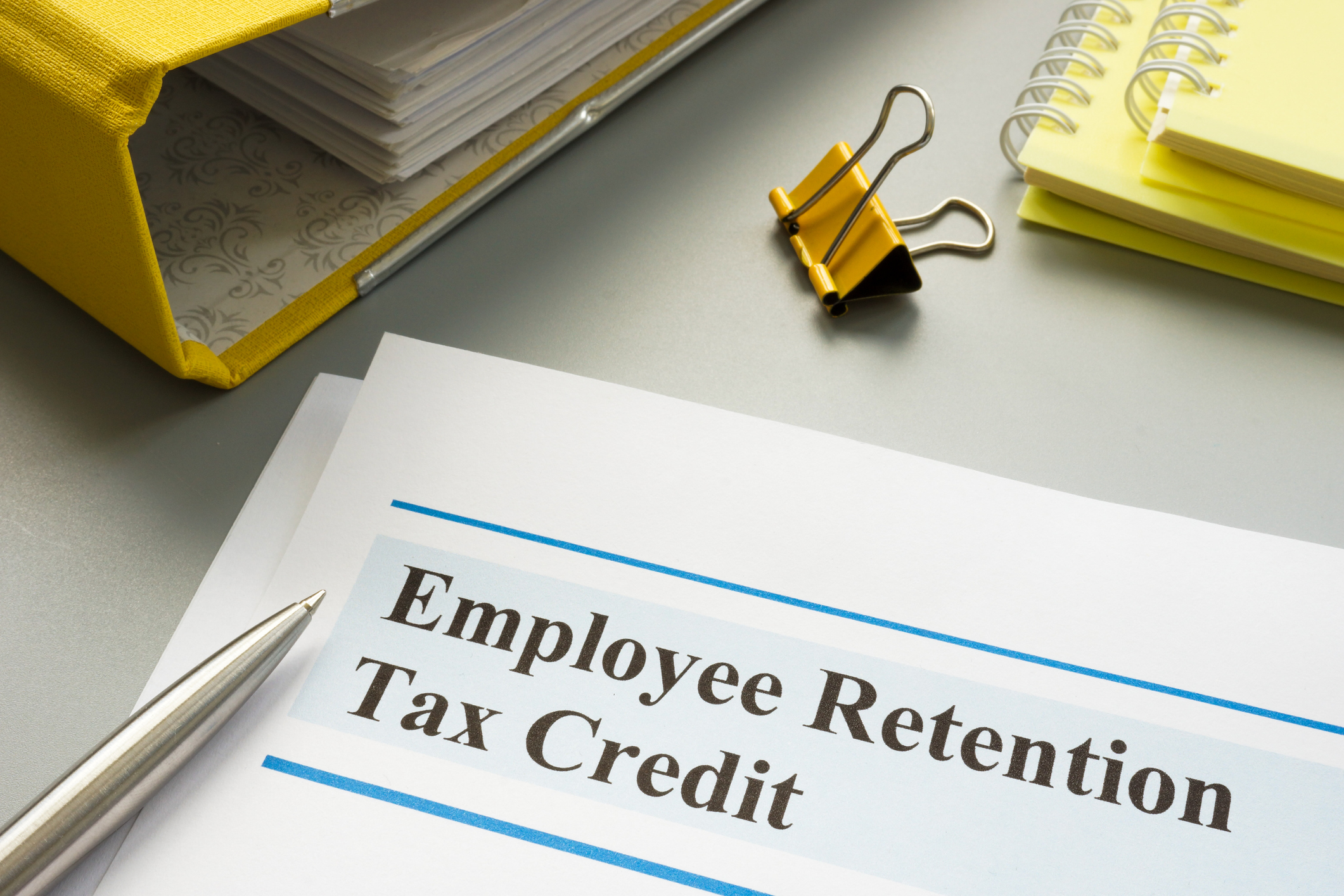Many types of businesses operate in the United States in a variety of industries. The most common are small businesses, of which there are more than 33 million.
A lesser-known type of business is an S corporation, which is defined by the Internal Revenue Service (IRS) as a corporation that elects to pass corporate income, losses, deductions and credits through to its shareholders for federal tax purposes.
What are some advantages of S corporations? For one, the owners aren’t personally liable for actions of the company. Therefore, the owner’s personal assets are protected from creditors seeking to collect from the business. This is referred to as limited liability, and these companies are usually formed as LLCs.
Another benefit of S corporations is that their owner(s) avoid paying both corporate and personal taxes on the same income, a phrase known as two-tiered taxation. Shareholders of an S corporation can draw a salary as an employee and receive dividends and other distributions from the business.
Businesses and the Employee Retention Credit
To provide economic assistance to businesses affected by the COVID-19 pandemic, U.S. lawmakers passed the Coronavirus Aid, Relief and Economic Security (CARES) Act, which included the Employee Retention Credit (ERC) program. As a non-refundable and refundable tax credit businesses can claim on qualified wages paid, including some health insurance costs paid to employees, the ERC was established to encourage eligible businesses to keep their employees on the payroll during the COVID-19 pandemic.
Employee Retention Tax Credits are sometimes confused with the Paycheck Protection Program (PPP). The PPP offered loans to qualified businesses to offset costs and keep employees on the payroll during the COVID-19 pandemic, but those funds are required to be paid back unless the company is eligible for loan forgiveness.
ERC Eligibility Criteria
To qualify for the Employee Retention Credit, employers must meet eligibility requirements. For example, they must have had a significant decline in gross receipts or total revenue — without subtracting any costs or expenses. That means total revenues for quarters in 2020 must be at least 50 percent lower when compared to the same quarter in 2019. And, total revenues for quarters in 2021 must be at least 20 percent lower when compared to the same quarter in 2019.
Alternatively, companies that employed full-time employees (100 or less on average per month in 2019 for 2020; 500 or less on average per month in 2019 for 2021) could qualify as a small eligible employer and claim the ERC if the business was forced to fully or partially suspend operations by a governmental COVID-19 order. Put differently, if a governmental COVID-19 order more than nominally reduced a company’s ability to provide goods and services to its customers, then it might be eligible for the ERC.
Additionally, businesses that began operating on or after February 15, 2020, had average annual gross receipts of less than $1 million and do not otherwise qualify for ERC may qualify to claim the Employee Retention Credit for the third or fourth quarters of 2021 as a recovery startup business.
Do S Corporations Have Qualified Wages for ERC?
S Corporations, like other businesses, must have qualified wages to receive the ERC. While it is complicated to calculate qualified wages, they generally include wages paid to employees of the company for providing services during the applicable quarters of 2020 and 2021. All wages paid to employees, however, are not qualified for the ERC.
For example, if you’re a minority shareholder (less than 50 percent) who receives a salary, you may have qualified wages for the ERC — as long as you own less than 50 percent of the company and are not related to the other owners of the company.
According to the IRS, wages paid to employees related to a majority owner of the employer are not eligible for the ERC. IRS guidance under Sec. 152(d)(2) defines related individuals for this purpose as:
- A child or a descendant of a child (including stepchildren)
- A brother, sister, stepbrother or stepsister
- The father or mother or an ancestor of either
- A stepfather or stepmother
- A niece or nephew
- An aunt or uncle
- A son-in-law, daughter-in-law, father-in-law, mother-in-law, brother-in-law or sister-in-law
- An individual (other than an individual who at any time during the tax year was the spouse of the taxpayer) who, for the tax year of the taxpayer, has the same principal place of abode as the taxpayer and is a member of the taxpayer’s household
How to Apply for the ERC
Even though the Employee Retention Credit program ceased on September 30, 2021 for most businesses, S corporations that qualify can claim it retroactively. To do so, you must use IRS Form 941-X and be sure you have the following information:
- Complete payroll data
- Personal information (including Employer Identification Number)
- Prior years’ tax returns
- Copies of Form 941 filed for each qualifying quarter you plan to claim the ERC
You have three years from the date of the original tax return filing to claim the ERC. For all four quarters in 2020, the deadline to apply is April 15, 2024. For all quarters in 2021, the deadline is April 15, 2025.
Does Your S Corporation Aggregate With Other Companies?
S Corporations may have single owners or multiple ones. The owners of an S Corporation may be entities or individuals. If any of the owners of an S Corporation with employees own other companies with employees, then the aggregation rules of the Internal Revenue Code (IRC) may apply and determine whether your company is eligible for the ERC.
The aggregation rules are complex, so you should seek the advice of a reputable firm or tax professional to apply and analyze them. Generally, however, if a majority owner or owners (50 percent or more) have multiple companies with employees, then the aggregation rules apply when determining whether a company can qualify for the ERC in terms of full-time employees (FTEs), gross receipts, government orders and calculated qualified wages.
For example, an aggregated group of companies must calculate how many full-time employees they employed — on average — each month in 2019. By adding all of the FTEs in the group, they can determine whether the company may qualify as a small or large employer for the ERC. IRS guidelines for the Employee Retention Credit Tax Credit define an FTE as an individual who works 30 hours or more per week or 130 hours or more per month.
Must-Know ERC Tips For S Corporation Owners
One of the biggest tips about ERC eligibility for S corporation owners is that they cannot claim it for the wages paid with the proceeds from a forgiven PPP loan.
A few other tips:
- You are still eligible for the Employee Retention Credit if you also got a PPP loan. You must, though, meet the other qualification requirements.
- You might have to wait a while for your ERC check. Due to backlogs at IRS submission processing centers, some businesses have waited six to nine months for their check.
- Make sure you understand qualified wages.
- Keep adequate records and documentation from your ERC filing and all taxes.
Qualified Wages and Wages Paid Under the ERC
What exactly are qualified wages? The calculation of qualified wages for the ERC differs depending on whether a company is a small or large eligible employer. S Corporations are typically small or medium-sized businesses and are more likely to qualify for the Employee Retention Credit as a small eligible employer (fewer than 100 FTEs on average per month in 2019 for 2020; fewer than 500 FTEs on average per month in 2019 for 2021).
For a small eligible employer, qualified wages constitute wages paid while the business experienced a significant decline in gross receipts or a full or partial suspension of operations by a governmental COVID-19 order during 2020 or 2021. Qualified wages cover cash wages, both hourly and salaried, along with vacation pay and any other taxable wages. They also include certain health plan expenses that are allocable to those wages.
Qualified wages under the Employee Retention Tax Credit program are limited to the first $10,000 of compensation paid to any employee during a calendar year (2020) or calendar quarter (2021). Note that they can be claimed for wages paid or incurred from March 13, 2020 through September 30, 2021.
Conclusion
Figuring out the Employee Retention Credit for S corporation owners is confusing enough that the IRS issued guidance on it through Notices 2021-20 and 2021-49. That’s why it’s so important to enlist the expert assistance of tax professionals like those at StenTam. We’ll proactively guide you through the process to securely get you your maximum credit, so contact our team today to get started!









